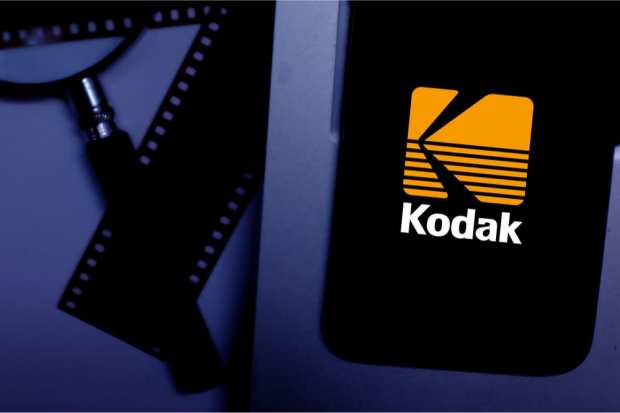Can Kodak’s (New) Moment Last?

With a share price soaring hundreds of percentage points (so far) this week alone, Eastman Kodak is having a moment.
But: Will it last? Or be ephemeral, like the memories a photo is designed to capture?
On Wednesday (July 29), Eastman Kodak (Kodak for short) shares were up more than 300 percent intraday, to more than $26 a share. The stock closed at $33.20, up 318 percent for the day and more than 1,100 percent for the week.
The tailwind, of course, has been the announcement by the Trump administration that there’s a deal in place with the firm to manufacture some of the ingredients that find their way into generic drugs. As part of that agreement — and as spurred by President Trump’s invocation of the Defense Production Act — Kodak is getting a $765 million loan to start manufacturing those ingredients.
Thus, in one fell swoop, the company is expanding facilities based in New York and Minnesota, creating a Kodak Pharmaceuticals operation.
It’s certainly a different road to travel for Kodak, which traces its roots back more than 130 years and of course has been synonymous with photography, imaging and film through the decades. But it is not a path untried.
This not the first time the company has had a foothold in the medicines space. From 1988 to 1994, Kodak owned Sterling Winthrop, a pharmaceutical firm — which made drugs such as aspirin — before selling it to SmithKline Beecham in 1994 for $2.9 billion.
This time around, as noted by The Wall Street Journal, Kodak will be helping to produce some of the ingredients that are used in, among other offerings, hydroxychloroquine, which has been championed by at least some observers as a treatment for the coronavirus.
The $765 million loan, to be repaid over a 25-year span, is the first one to be extended through the Defense Production Act and will come from the U.S. International Development Finance Corp. The stage had been set for such lending by a May order from Trump to promote onshore production of resource tied to fighting the pandemic and, as the order noted, “strengthen any relevant domestic supply chains.”
The latest news also represents at least some tightening of supply chains, as some industries seek to bring links in those chains a bit closer to home, and reduce reliance on vendors located in, say, China or India.
Kodak CEO Jim Continenza, as quoted in the Journal, has said that for Kodak, which filed for bankruptcy in 2012 and emerged out of Chapter 11 in 2013 (focused on printing and imaging), could see as much as 40 percent of its sales come from the pharma space.
Since its emergence from bankruptcy, Kodak found value in its patents (tied, as Forbes has noted, to digital touch screens, among other innovations).
Now, as the CEO was quoted via Fox Business: “We’re here to … help fight the pharmaceutical blockage in the U.S. and the lack of supply. So we’re really here for the right reasons. The answer is not only can we do it, we are already doing it.” With a bit more granular insight into just what the company will provide, the executive said that Kodak will supply about 25 percent of small molecule and active ingredients (aka APIs) used in the U.S. supply chain. Those ingredients are housed in pills, capsules and liquids.
For Kodak, consider it a new moment. Looking through the latest quarterly filings with the Securities and Exchange Commission, traditional printing sales slipped 7.2 percent to $154 million. Digital printing was off by more than 9.7 percent, to $65 million. Chemicals — which as of now is comprised of industrial film and chemicals, motion picture and ink-related products — sank to $42 million from $48 million. The pandemic, of course, has played a role in those declines. But pivoting to new business lines, especially those backed (and backstopped?) by the U.S. government could be both lifeline and rejuvenator.
